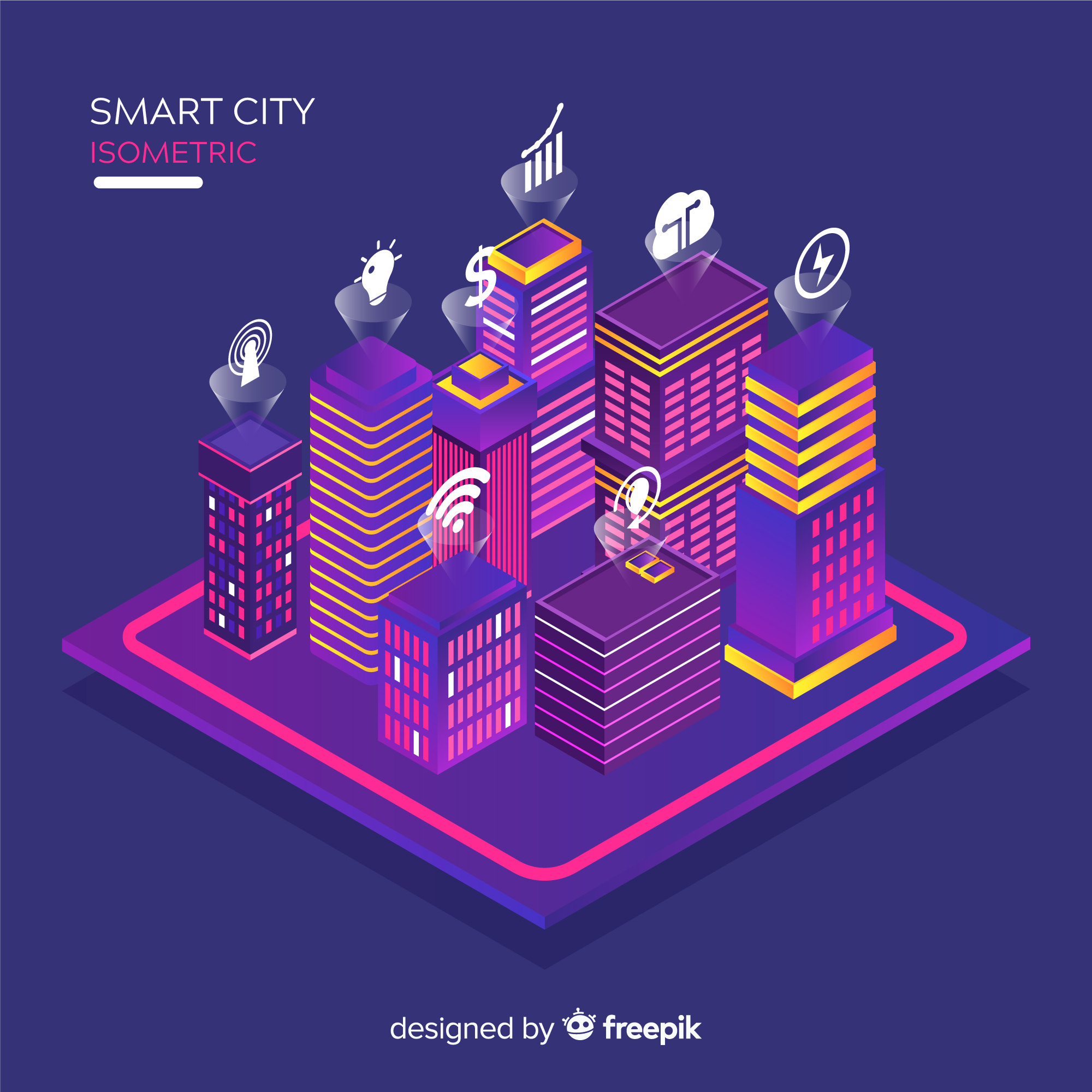Smart cities are leading the charge in urban innovation, utilizing advanced technologies to enhance efficiency, sustainability, and the overall quality of life for residents. A key enabler of this transformation is Near Field Communication (NFC) technology, which provides seamless connectivity and powers a wide range of applications across transportation, infrastructure, and public services. By integrating NFC, smart cities are becoming more connected and efficient, reshaping the urban landscape. Here’s a look at how NFC is driving this transition towards smarter cities.
1. Transportation Systems:
NFC technology is revolutionizing public transportation in smart cities by offering commuters a more convenient and efficient way to access transit services. NFC-enabled smart cards or mobile wallets allow riders to simply tap their devices to pay for fares, eliminating the need for paper tickets, physical tokens, or exact change. This technology is streamlining the transit experience by reducing wait times and enhancing the overall convenience for daily commuters. NFC integration also enables the use of smartphones as multifunctional transit passes, allowing access to various modes of transportation, including buses, trains, and bike-sharing systems, all through a single app or platform. This not only simplifies the commuter experience but also promotes the adoption of sustainable transport options.
2. Urban Infrastructure:
In smart cities, NFC technology is playing a crucial role in optimizing urban infrastructure. NFC-enabled tags or sensors embedded in streetlights, waste bins, parking meters, and other public amenities allow real-time monitoring and management of city assets. These NFC tags can store information related to maintenance schedules, performance metrics, and operational statuses. Maintenance personnel equipped with NFC-enabled devices can easily access this data, perform inspections, and track maintenance activities on the spot. This real-time visibility into the condition of city assets enables more proactive maintenance, reducing downtime and improving the efficiency of urban operations. As a result, cities can better manage resources, reduce costs, and ensure smoother functioning of public services.
3. Citizen Services:
NFC technology is enhancing the delivery of citizen services by providing secure and convenient access to government services and facilities. For instance, NFC-enabled identification cards or mobile apps allow residents to authenticate their identity when accessing public buildings, paying utility bills, or participating in civic activities. This simplifies interactions with government services and reduces bureaucratic inefficiencies. Additionally, NFC-enabled kiosks and interactive signage placed in public spaces provide residents and visitors with easy access to real-time information, wayfinding assistance, and emergency alerts. This empowers citizens to navigate the city more efficiently and engage more actively with their surroundings, enhancing the overall urban experience.
4. Smart Parking Solutions:
Parking is often a challenge in busy urban environments, but NFC technology is helping to address this issue by powering smart parking solutions. NFC-enabled parking meters and mobile apps allow drivers to pay for parking electronically, making the process faster and more convenient. In addition to payment, these solutions provide real-time information on available parking spaces, helping drivers locate spots more easily and reducing traffic congestion caused by vehicles searching for parking. NFC-enabled vehicle tags or smart license plates further streamline the process by automating access to parking facilities and payment processes. These tags can be used to enforce parking regulations, ensuring that parking spaces are efficiently managed and unauthorized parking is minimized.
5. Security and Access Control:
Security is a top priority in smart cities, and NFC technology is contributing to enhanced access control and authentication mechanisms. NFC-enabled access cards, mobile apps, or biometric credentials allow residents, employees, and visitors to securely access restricted areas such as office buildings, residential complexes, or public facilities. In addition to physical access control, NFC-based authentication can be integrated with surveillance systems, smart locks, and Internet of Things (IoT) devices to prevent unauthorized access and improve security in both public and private spaces. This level of secure, contactless authentication helps smart cities maintain a safer environment while offering greater convenience for users.
Conclusion:
NFC technology serves as a cornerstone of smart city initiatives, providing seamless connectivity and contributing to the efficiency, convenience, and sustainability of urban environments. From revolutionizing transportation systems to enhancing security and access control, NFC is reshaping the urban landscape in profound ways. As more cities continue to adopt smart technologies, the role of NFC will become increasingly essential in driving innovation, improving public services, and fostering sustainable urban development. This evolution towards smarter, more connected cities promises to deliver a higher quality of life for residents and create a more efficient, eco-friendly urban ecosystem.
